Randy Bresnik
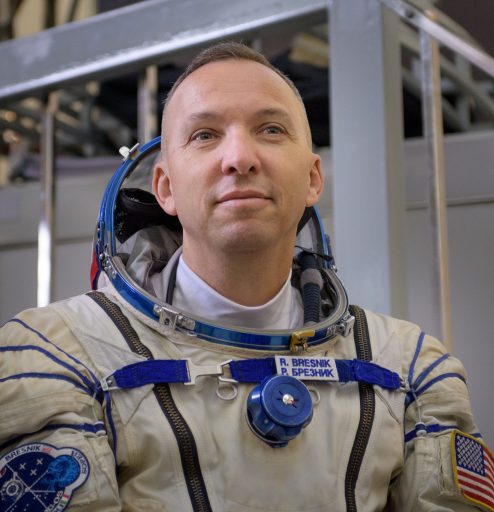
Randolph ‘Komrade’ Bresnik is a Colonel in the United States Marine Corps and member of NASA’s 2004 Astronaut Group with one prior flight into space aboard the U.S. Space Shuttle on an ISS assembly mission in 2009. He will make his return to the International Space Station in 2017 for his first long duration stint as part of ISS Expedition 52 and 53.
Born September 11, 1967 in Fort Knox, Kentucky, Bresnik considers Santa Monica, California to be his hometown, attending Santa Monica High School from which he graduated in 1985. He then went on to earn a Bachelor’s degree in Mathematics from The Citadel and received his commission as a Second Lieutenant in the U.S. Marine Corps later that year.
Bresnik graduated from The Basic School and Infantry Officers Course at Marine Corps Base Quantico, Virginia and then entered flight training, receiving his designation as Naval Aviator in 1992. He then reported for duty in the Navy Fighter/Attack Training Squadron VFA-106 at NAS Cecil Field in Florida where trained on the F/A-18 before transitioning to Fighter/Attack Squadron VMFA-212, making three overseas deployments to the Western Pacific and attending weapons training.
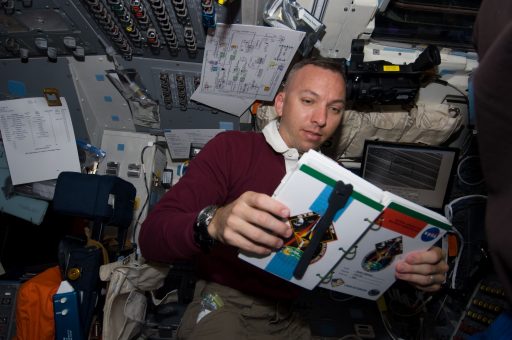
In December 1999, Bresnik graduated from U.S. Naval Test Pilot School, Maryland and received an assignment to the Strike Aircraft Test Squadron where he flew different modifications of the F/A-18 Hornet. He returned to test pilot school in 2001 as a fixed-wing and systems flight instructor for the F/A-18, T-38 and T-2 aircraft while also continuing F/A-18 testing as a Project Coordinator. Joining Marine Aircraft Group 11 in 2002, Bresnik flew combat missions on the F/A-18 in support of Operations Southern Watch and Iraqi Freedom starting in early 2003. In 2002, Bresnik earned a Master’s Degree in Aviation System from the University of Tennessee-Knoxville.
NASA selected Randy Bresnik as part of the agency’s 19th Astronaut Group in May 2004. He reported to the Johnson Space Center that June for two years of basic training and evaluation before receiving his qualification as Shuttle Pilot and entering the ISS Branch of the Astronaut Office. In 2008, he graduated from the Air Force Air War College.
Randy Bresnik received his first flight assignment in 2008 as a Mission Specialist on Space Shuttle Mission STS-129, ISS Assembly Flight ULF3. Space Shuttle Atlantis blasted off from the Kennedy Space Center on November 16, 2009 and reached the International Space Station two days after launch where the six crew members were greeted by the Expedition 21 crew.
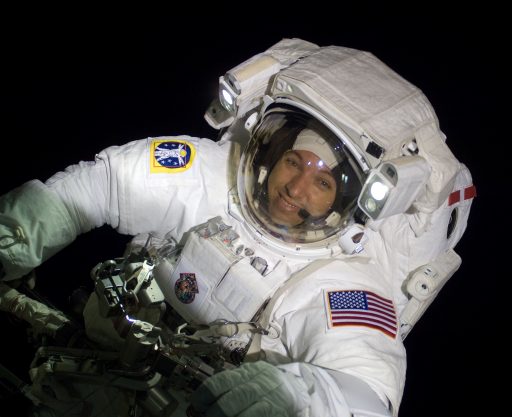
Packed into the payload bay of the Space Shuttle were two large ExPRESS Logistics Carriers holding various external supplies to be pre-positioned outside the Space Station for use after the Space Shuttle’s retirement. Atlantis also delivered external materials science experiments, a new S-Band antenna package and carried the SpaceX COTS UHF Communications Unit for installation on ISS to prepare for the start of commercial cargo traffic.
Three spacewalks were performed by the crew of STS-129, the first by Mike Foreman and Robert Satcher to install a spare antenna, outfit the Unity module and service the Station’s robotics system. The second EVA, performed by Foreman and Bresnik, saw outfitting of Europe’s Columbus module with a structural bracket, an additional Ham radio antenna and a wireless communications antenna; they also relocated the Floating Potential Measurement Unit. EVA-3 by Bresnik and Satcher accomplished the installation of the MISSE materials experiments, the installation of a high-pressure oxygen tank outside the airlock and a number of smaller reconfiguration tasks. Bresnik’s two spacewalks totaled 11 hours and 50 minutes.
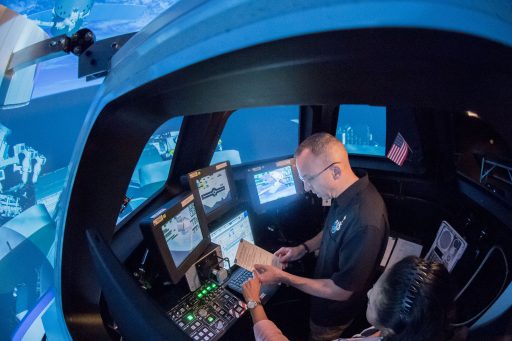
On Flight Day 7, Randy Bresnik became only the third Astronaut to become a father while in space, being informed via private phone call that his daughter Abigail Mae Bresnik and wife Rebecca were in good health. The two also have a son, born in 2006.
Atlantis departed ISS after a week-long stay and spent another two days in free flight before returning to a safe landing at Kennedy’s Shuttle Landing Facility after a mission of 7.2 million Kilometers, covered in ten days & 19 hours.
Returning from his first space flight, Bresnik assumed technical duties within the Astronaut Office. In July 2013, Bresnik and Serena Aunon participated in checks of Boeing’s CST-100 crew vehicle, validating crew interfaces, equipment and communications systems as part of two four-hour stints aboard the spacecraft. In September 2014, Bresnik served as the commander for the seven-day NEEMO 19 undersea exploration mission to the Aquarius underwater laboratory.
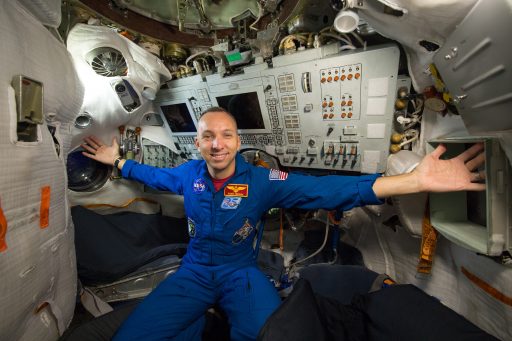
Randy Bresnik received his second space flight assignment in 2015 as part of the ISS Expedition 54/55 prime crew that would fly up to ISS aboard Russia’s Soyuz MS spacecraft. Reporting to the Gagarin Cosmonaut Training Center, Bresnik completed two training blocks of 4.5 and 5 weeks to be certified for flight aboard the Soyuz MS spacecraft, becoming the first Astronaut to pass the full Soyuz MS course. In February 2016, he and Sergey Ryazansky and Norishige Kanai completed three days of survival training in winter conditions for the event of a Soyuz emergency landing in wooded terrain. The trio went through training for a possible Soyuz water landing in June 2016.
ISS crews were shuffled considerably in 2016, not only as the result of Russia deciding to step its permanent ISS crew back to only two members. Per the restructuring of missions, Randy Bresnik and Sergei Ryazansky were assigned to ISS Expedition 52/53 and Soyuz MS-05 along with veteran ESA Astronaut Paolo Nespoli.
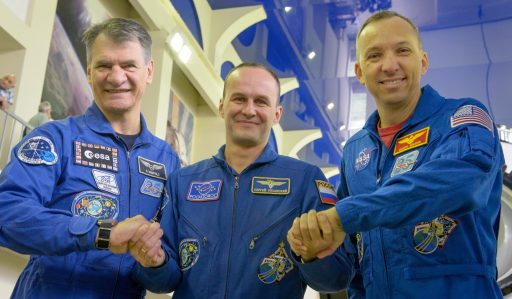
The trio will make their way into orbit aboard the 134th Soyuz spacecraft to take flight, joining the Expedition 52 crew in late July 2017 after an extended period of three crew operations. Their stay was shortened to four and a half months after suffering a lengthy launch delay when the spacecraft originally intended by fly Soyuz MS-05 had to replace the original MS-04 vehicle that suffered a problem with its cooling system during final launch processing.
Randy Bresnik will be the Soyuz Board Engineer #1, riding in the left seat and providing assistance to commander Ryazansky during the nine-minute ride to orbit and six-hour launch to docking profile intended for the MS-05 mission. Aboard ISS, Bresnik will serve as Flight Engineer for Expedition 52 before assuming command for the 53rd Station Increment.
